12 Vegetarian Dishes Served at Most 'Izakaya'
Some vegetarians may be shocked to learn that the land of sushi and yakitori has quite a few vegetarian foods in the diet. So, we'd like introduce you to common Japanese dishes that can be ordered at almost any Japanese restaurant that have no meat, fish or animal products in them!
By SoraNews246. Daikon
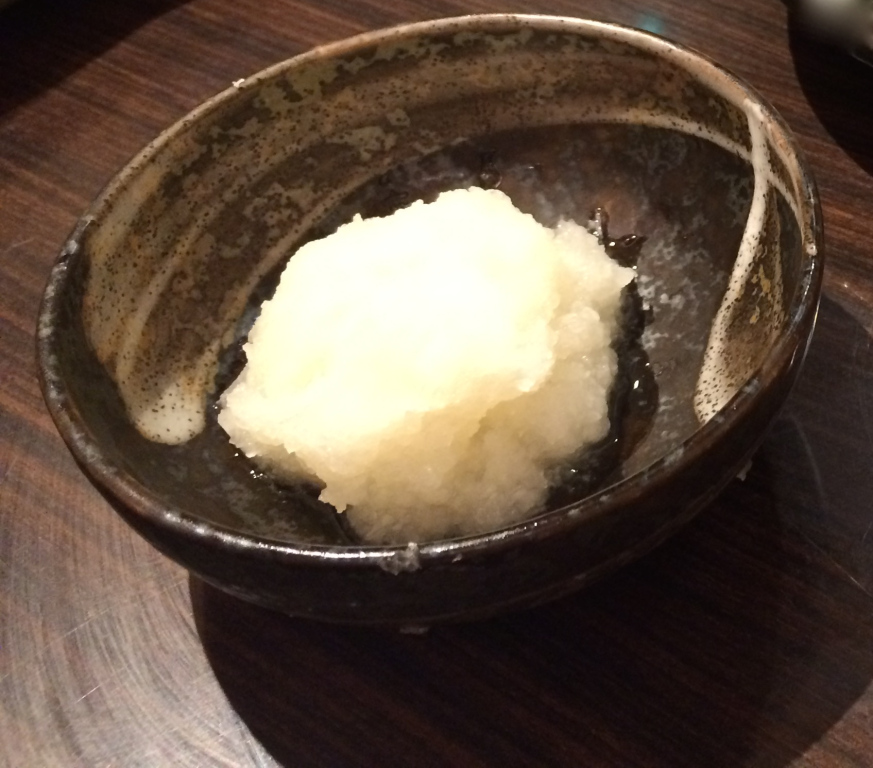
http://en.rocketnews24.com/2015/09/28/10-vegetarian-foods-you-can-order-at-almost-any-japanese-restaurant/
The daikon radish is so versatile it can be served pickled (tsukemono, takuan), boiled (oden), shredded (with fish), eaten as a salad (daikon salad). or grated to accompany dipping sauces. Daikon is also the most consumed vegetable in Japan.
Tip: Sauces accompany many Japanese foods. If you’re not sure if the sauce has fish in it, ask for a side of soy sauce (made from wheat, soybeans, water and salt) or mirin, made out of sweet rice wine. Be careful with ponzu sauce, a tangy citrus liquid made with rice wine, rice vinegar and seaweed, but also fish flakes.
5. Beans
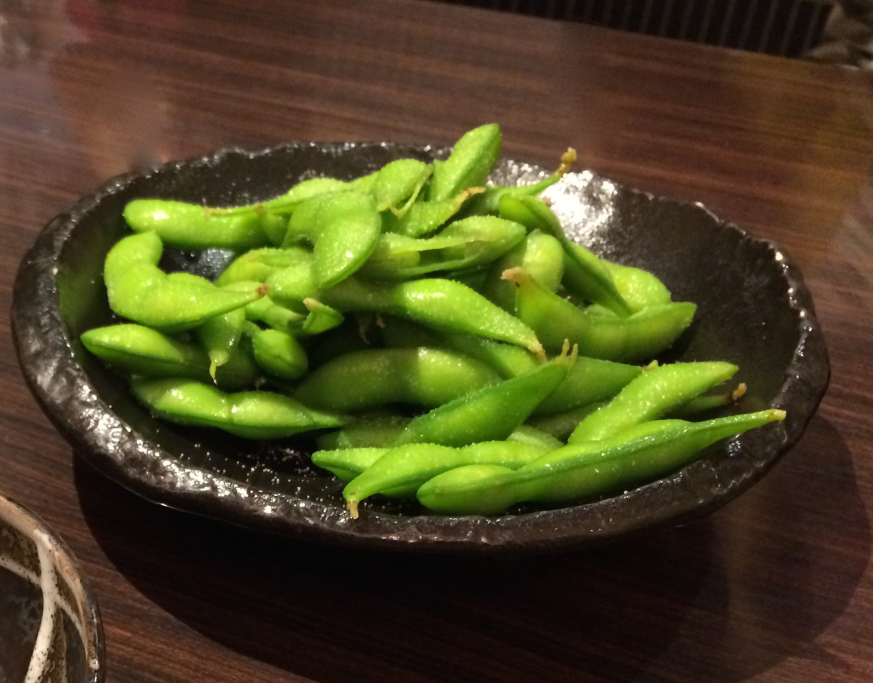
http://en.rocketnews24.com/2015/09/28/10-vegetarian-foods-you-can-order-at-almost-any-japanese-restaurant/
Beans (mame) are used in all kinds of Japanese fare, from natto (fermented beans) to edamame (soy beans), kuromame (sweet black beans), and red azuki beans mixed with rice and called sekihan. Sweetened beans can be found in Japanese desserts such as anpan, dorayaki, manju, monaka, taiyaki and daifuku.
Tip: Be sure to try Japanese soy milk, particularly the Kikkoman brand. This bright green carton can be picked up in 200-milliliter (6.8-ounce) one-serving boxes at any Japanese convenience store, made out of nice, biodegradable paper.
4. Nori Seaweed (and Kelp)
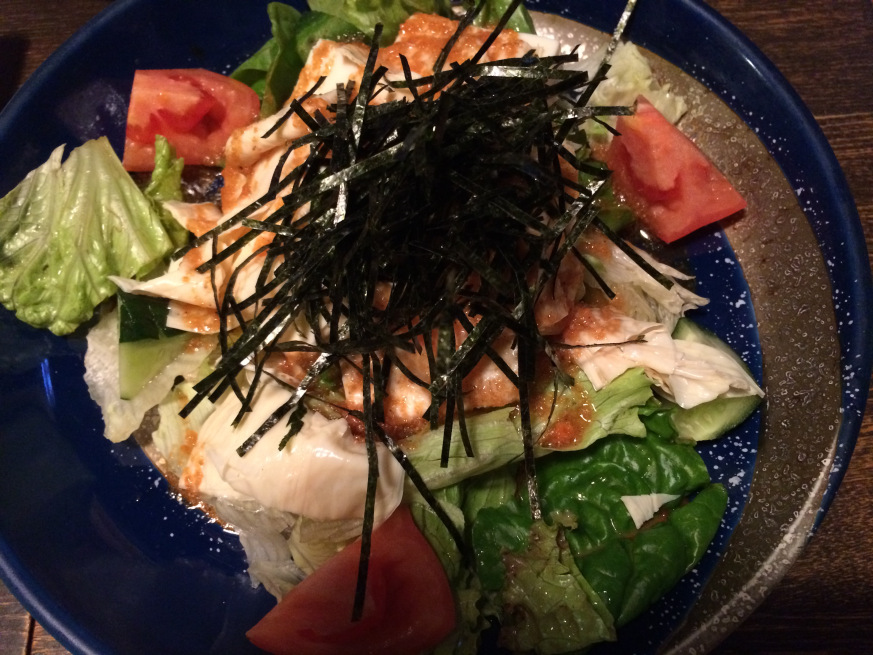
http://en.rocketnews24.com/2015/09/28/10-vegetarian-foods-you-can-order-at-almost-any-japanese-restaurant/
The varieties of edible seaweed and kelp are overwhelming, and most likely, you’ve never heard of many of them: hijiki, tokoroten, aonori, as well as the more familiar konbu and wakame. Used in sauces and soups, served as a side, a dessert or on top of salads, seaweed and kelp are nutritious and delicious.
Tip: Japanese seaweed is a great gift to take back home. The packages are light and typically divided into several smaller packets so you can divide them up among friends and family.
3. Tofu
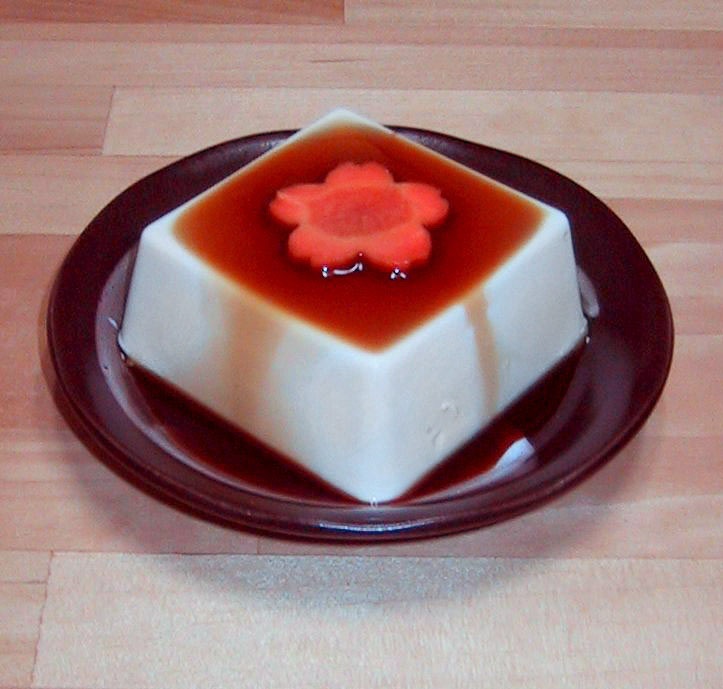
http://en.rocketnews24.com/2015/09/28/10-vegetarian-foods-you-can-order-at-almost-any-japanese-restaurant/
If you think you don’t like tofu, it’s probably because you haven’t tried it here. The Japanese are masters of tofu! Served boiled (yudofu) or fried (agedofu), whether made from white sesame seeds (gomadofu) or just reconstituted and spongy (koyadofu), don’t neglect to try the many forms of this extremely versatile, protein-rich bean curd. Tofu restaurants abound in Japan, so do seek them out!
Tip: Kyoto is one of the best places to find yudofu, which is a regional specialty. In other parts of Japan, try the Ukai chain of tofu restaurants.
2. 'Kinpira'
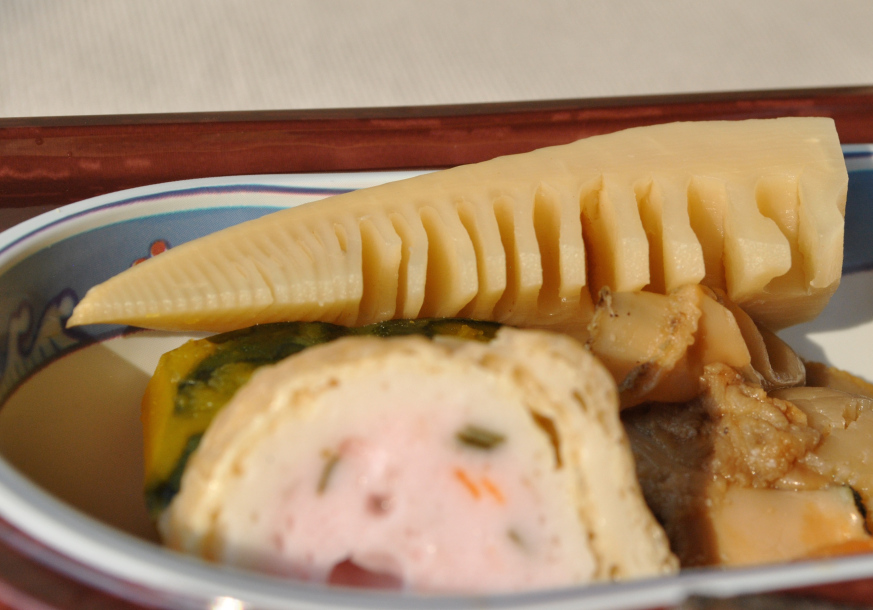
http://en.rocketnews24.com/2015/09/28/10-vegetarian-foods-you-can-order-at-almost-any-japanese-restaurant/
Kinpira is a Japanese method of cooking by sauteing and simmering root vegetables. Lotus root, carrots, gobo (burdock root), bamboo shoots, and even hijiki (seaweed) and tofu are cooked this way and served in a sauce of soy and mirin.
Tip: Kinpira is typically served as part of Japanese teishoku (a set menu), and is the contents of one of the myriad small bowls.
1. Rice
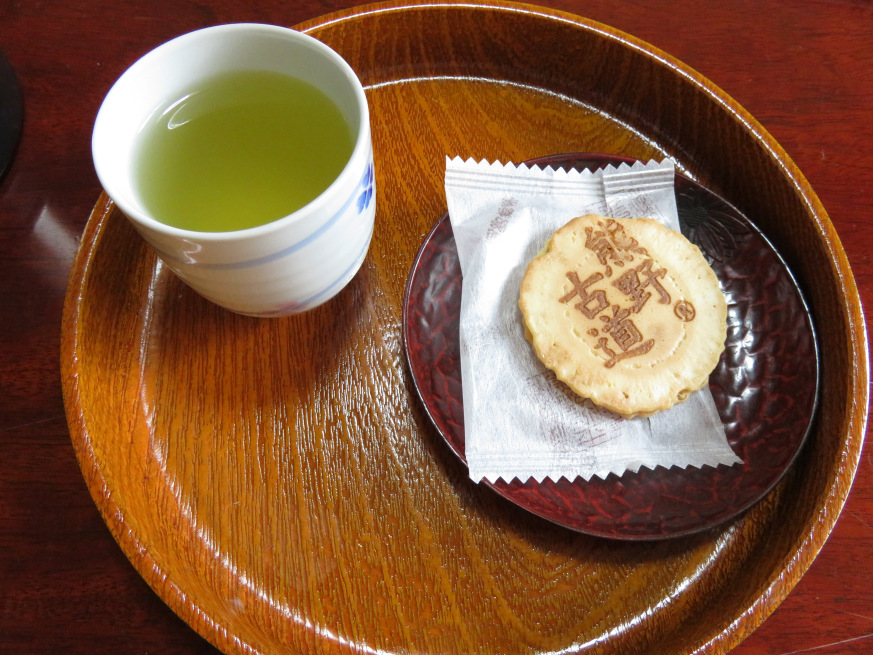
http://en.rocketnews24.com/2015/09/28/10-vegetarian-foods-you-can-order-at-almost-any-japanese-restaurant/
Whether onigiri rice balls (also called omusubi), kappa maki (sushi rolls with cucumber inside them instead of fish), ochazuke (rice with green tea, often served at the end of a meal) inarizushi (rice in bean curd pockets served in bentos), okayu (rice porridge), or zosui (pre-cooked rice and water), or served as a snack in the form of senbei rice crackers, Japanese rice satisfies on many levels. And oh, let’s not forget the humble bowl of rice served with a typical set lunch or dinner!
Tip: Japanese people understand the English word rice, but it almost always refers to foreign rice. White rice served Japanese-style is called okome.
Every year, more and more Japanese restaurants start to offer vegetarian options in addition to those above. Be sure to explore your area for great vegetarian options.
Related Stories:
Around Japan in 47 rice balls: Mr. Sato buys each prefecture’s musubi all from one Tokyo shop
Celebrate New Years in Pokémon style — with a monster ball filled with traditional osechi food!
Cup of noodles for vegans! Japanese Zen Buddhist temple starts selling instant soba and udon




